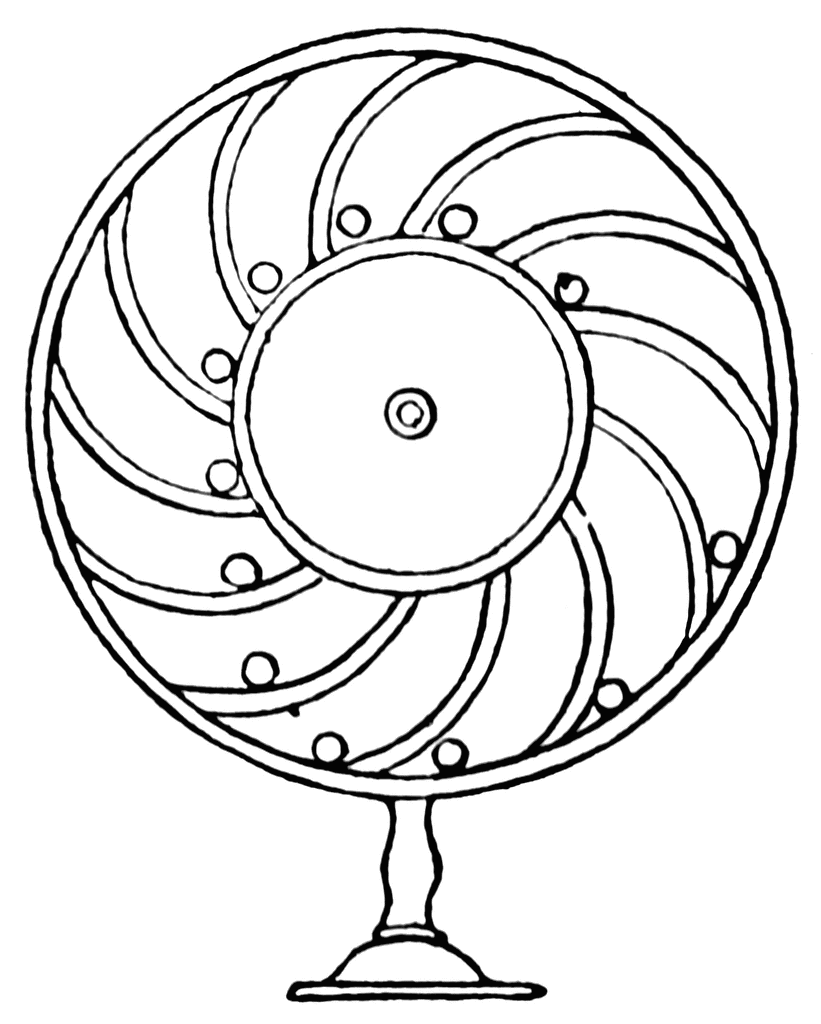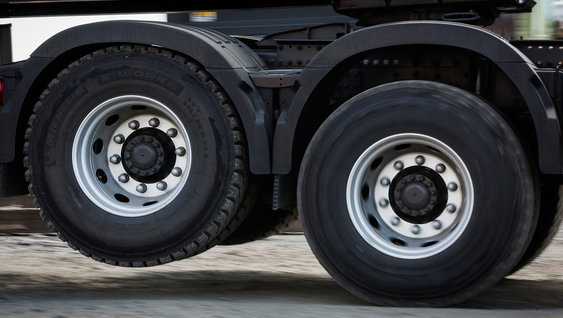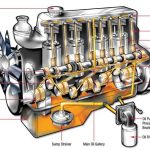How bearing works and what are bearing types ?
Bearings are essential components in many mechanical systems, enabling smooth and efficient rotation or linear motion between two surfaces. They come in a wide variety of types, each designed to handle specific load and speed conditions.
The basic principle of how bearings work is to reduce friction between two surfaces in relative motion. This is achieved by interposing rolling elements, such as balls or rollers, between the surfaces. The rolling elements roll over each other, rather than sliding, which significantly reduces friction and wear.
Rolling Element Bearings:
These are the most common type of bearing, and they are used in a wide variety of applications. Rolling element bearings typically consist of four main components:
Bearings are essential components in various mechanical systems, enabling smooth and efficient rotation or linear motion between two surfaces. They come in a wide variety of types, each designed to handle specific load and speed conditions. Here’s an overview of the main bearing types:
1. Rolling Element Bearings:
Rolling element bearings are the most common type, utilizing small rolling elements like balls or rollers to reduce friction and distribute loads. They are further categorized into:
Deep-Groove Ball Bearings: These are the most basic and versatile type, offering high load capacity and wear resistance.
Angular Contact Ball Bearings: They can accommodate misalignment between the shaft and housing, making them suitable for applications with angular or unbalanced loads.
Self-Aligning Ball Bearings: They can automatically adjust to minor shaft misalignments, eliminating the need for precision alignment.
Thrust Ball Bearings: They are specifically designed to handle axial loads, meaning forces that act parallel to the shaft axis.
Spherical Roller Bearings: They offer high load capacity and can accommodate radial and axial loads, making them suitable for applications with severe misalignment.
Cylindrical Roller Bearings: They provide high load capacity and can handle high speeds, making them common in applications like automotive axles.
Tapered Roller Bearings: They can accommodate high radial and axial loads, making them suitable for applications like heavy-duty machinery and spindles.
Needle Roller Bearings: They utilize long, slender rollers, making them ideal for applications with limited space and high load requirements.
2. Sliding Bearings:
Sliding bearings, also known as plain bearings, rely on a thin layer of lubricant to reduce friction between the bearing surfaces. They are typically used for applications with low speeds and high loads, where rolling element bearings might not be feasible.
Plain Bearings: These are the simplest type of sliding bearing, consisting of a flat surface on each side of the bearing.
Journal Bearings: They are typically used for rotating shafts, with the shaft rotating within a cylindrical housing.
3. Other Bearing Types:
In addition to rolling element and sliding bearings, there are other specialized bearing types, including:
Magnetic Bearings: They utilize magnetic fields to levitate and support a rotating shaft, eliminating friction and wear.
Flexure Pivot Bearings: They operate by utilizing the bending stiffness of a beam to support a rotating shaft, providing high precision and low friction.
Hydrostatic Bearings: They utilize a pressurized fluid to support and lubricate a rotating shaft, providing very low friction and high precision.
The choice of bearing depends on the specific application, including the load, speed, precision requirements, and environmental conditions.
resources : https://en.wikipedia.org/wiki/Bearing_(mechanical) , https://fractory.com/types-of-bearings/





